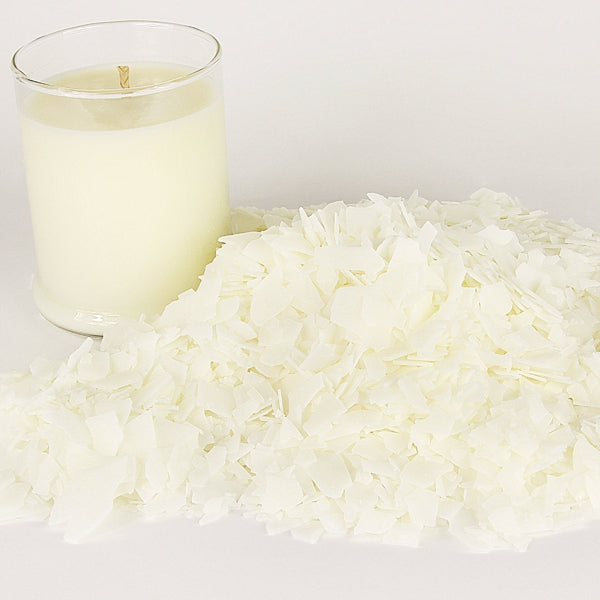Discover the Magic of Crystal Soy Candles and Home Fragrance
Discover the Magic of Crystal Soy Candles and Home Fragrance
Blog Article
From Wick to Wax: Recognizing the Chemistry Behind Soy Wax Candles and Their Ecological Effect
As we illuminate our rooms with the cozy glow of candles, there lies a world of detailed chemistry behind the seemingly basic act of lighting a soy wax candle. Join us as we unravel the clinical ins and outs behind soy wax candles and explore their implications on our setting.
Soy Wax Vs. Paraffin Wax
When contrasting soy wax and paraffin wax for candle light production, it is crucial to recognize the distinct features and advantages of each product. Soy wax is an all-natural, renewable energy stemmed from soybean oil, making it environment-friendly and biodegradable - home fragrance. In comparison, paraffin wax is a result of oil refining, which raises issues about its ecological effect and sustainability
Soy wax candles shed cleaner and emit much less soot contrasted to paraffin wax candle lights, making them a healthier choice for interior air high quality. Additionally, soy wax has a reduced melting point, permitting a longer-lasting candle light that disperses scent a lot more efficiently. Paraffin wax, on the other hand, tends to burn faster and much less easily, possibly releasing dangerous chemicals right into the air.
From a sustainability perspective, soy wax is favored for its biodegradability and renewable sourcing, straightening with the expanding customer choice for environmentally conscious items. While paraffin wax has been a typical option in candle making as a result of its affordability and simplicity of use, the shift in the direction of green choices like soy wax is acquiring momentum in the industry.
Chemical Composition of Soy Wax

Combustion Refine in Soy Candles
The chemical make-up of soy wax directly affects the combustion procedure in soy candles, affecting factors such as burn time, fragrance release, and environmental effect. When a soy candle is lit, the heat visit the website from the flame melts the wax near the wick.
The combustion efficiency of soy candle lights is influenced by the purity of the soy wax and the quality of the wick. A clean-burning soy candle light with an effectively sized wick will create a consistent flame and reduce residue development. This not just expands the burn time of the candle however likewise improves the release of fragrances. In addition, soy wax candle lights have a lower ecological impact compared to paraffin candle lights because of their eco-friendly and eco-friendly nature.

Environmental Benefits of Soy Wax

Thought about a sustainable alternative to typical paraffin wax, soy wax supplies notable environmental advantages that make it a preferred choice among eco-conscious customers. Soy wax burns cleaner and creates much less soot than paraffin wax, adding to better indoor air quality and lowering the need for cleaning and maintenance. In general, the ecological benefits of soy wax line up with the growing need for green and sustainable items in the market.
Recycling and Disposal Considerations
Recycling and appropriate disposal of soy wax candles play an essential duty in maintaining ecological sustainability and decreasing waste in homes and communities. The initial action is to make certain that the candle has shed completely when it comes to recycling soy wax candle lights. This can be accomplished by enabling the candle light to shed until the wick is no more useful, and then allowing the staying wax cool and strengthen. Once the wax has solidified, it can be very carefully gotten rid of from the container.

In terms of disposal, if recycling is not a choice, soy wax candles are biodegradable and can be securely taken care of in many household waste systems. Nevertheless, it is always recommended to get in touch with regional recycling centers or waste monitoring services for specific standards on candle disposal to ensure correct handling and ecological defense.
Conclusion
In verdict, the chemistry behind soy wax candle lights discloses their environmental benefits over read review paraffin wax candle lights. Soy wax, obtained from soybean oil, burns cleaner and produces much less soot when contrasted to paraffin wax.
When comparing soy wax and paraffin wax for candle making, it is necessary to understand the distinctive features and advantages of each material (candles).Soy wax candles melt cleaner and produce much less soot compared to paraffin wax check over here candles, making them a much healthier choice for interior air top quality.Thought about a lasting option to traditional paraffin wax, soy wax supplies significant ecological benefits that make it a prominent choice amongst eco-conscious consumers. Soy wax burns cleaner and generates much less residue than paraffin wax, adding to far better indoor air quality and decreasing the demand for cleansing and maintenance.In final thought, the chemistry behind soy wax candle lights exposes their ecological advantages over paraffin wax candles
Report this page